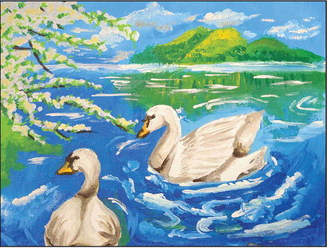Spencer students produce bilingual book in crossdisciplinary project


It’s not often that a project fuses art, art history, Spanish language learning, cultural appreciation, writing and editing skills all into one. But when such a project is done,...


It’s not often that a project fuses art, art history, Spanish language learning, cultural appreciation, writing and editing skills all into one. But when such a project is done,...